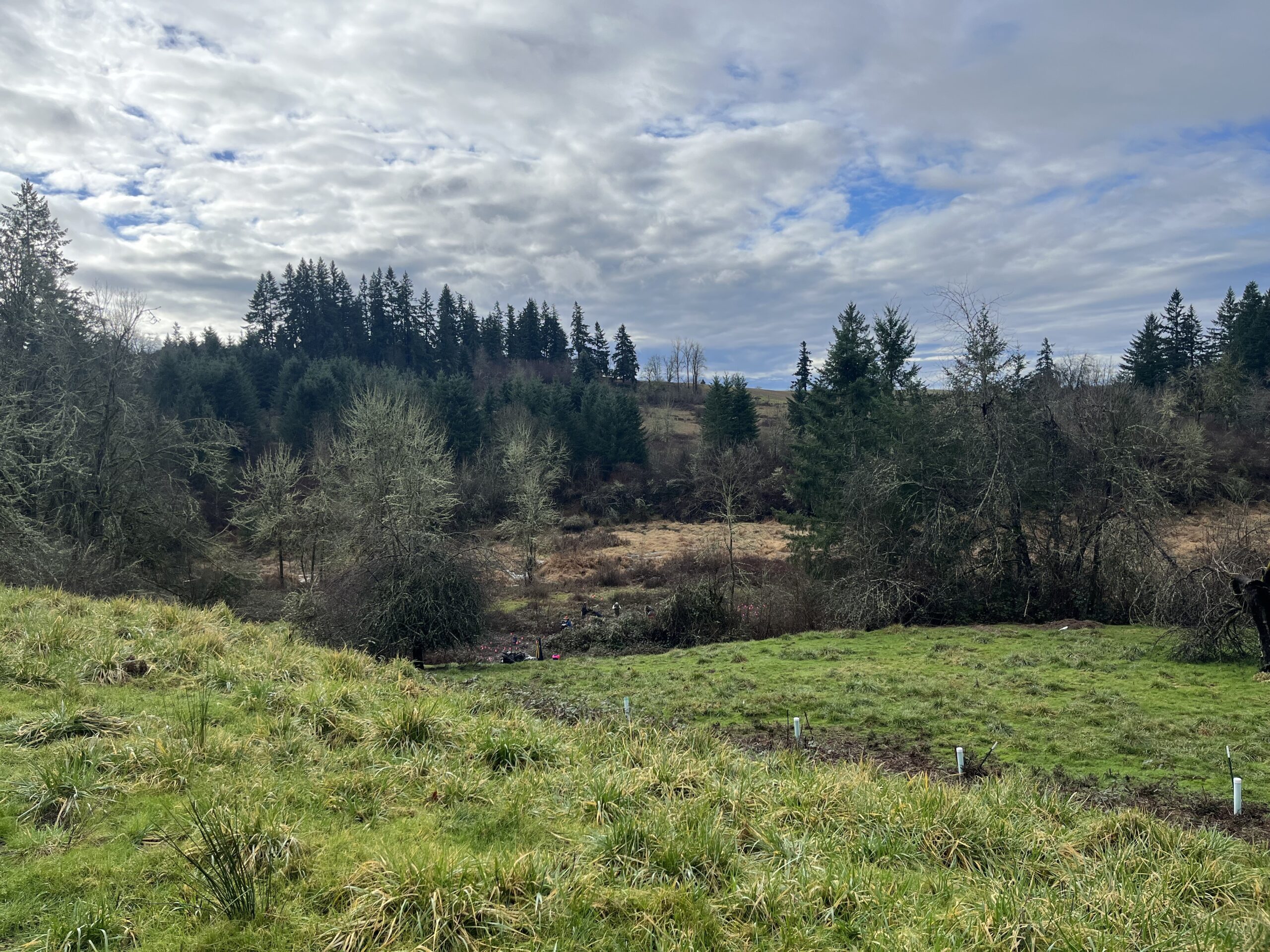Bark is partnering with the Cultural Ecology Program at Parrott Creek Child and Family Services to restore an 80-acre site in Clackamas County
About Parrott Creek Child and Family Services:
This project site is under the leadership of Ameyalli Mañon-Ferguson who is the Cultural Ecology Program Manager for Parrott Creek Child and Family Services in Oregon City, OR. Here, she leads the stewardship of the 80 acres of mixed coniferous forest, creeks, wetlands, and grassland prairie at their youth residential treatment program site. This program serves highly traumatized adjudicated male youth as an alternative to incarceration, providing one-on-one and group therapy, drug and alcohol counseling, an on-site school and personalized treatment plans to build the skills they will need to go back into the community. As part of her role, Ameyalli engages these youth in the outdoors, partners with Indigenous community members and organizations, and collaborates with environmental organizations and agencies. The combined effort and community engagement in this program work towards the ultimate goal to restore the land to be a culturally and ecologically functioning site by centering traditional ecological and cultural knowledge.
By leading restoration through an Indigenous stewardship lens, prioritizing traditional ecological knowledge and service to the local Indigenous communities, the Cultural Ecology Program demonstrates a dedication to Indigenous peoples beyond land acknowledgment statements.
This land site will provide Indigenous people a safe place to gather natural resources such as first foods, medicines, and basketry materials, connect with the land, and engage in environmental stewardship. Such opportunities are unfortunately limited as people are either restricted from gathering or don’t know if it is safe from waste, pollution, and chemicals. This is especially true for those living in the Portland metro area and other urban communities with limited access to natural areas. Through its priorities and approach, this program works towards simultaneously addressing trauma held in the youth, the Indigenous community, and the land.
